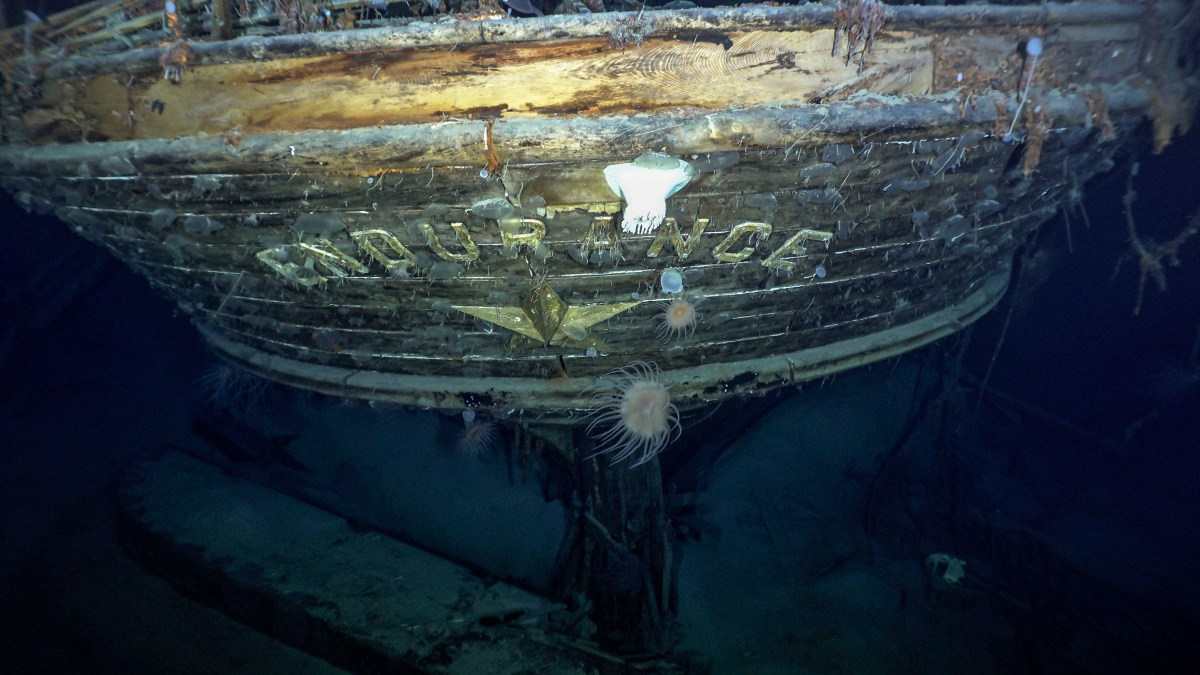The “Indiana Jones of the deep” has revealed his fears that the looting of shipwrecks is being made easier by technological advances and has said his life “is a race against the bands of looters and plunderers”.
Mensun Bound, who discovered Sir Ernest Shackleton’s Endurance three years ago, in 10,000ft of water, said “rogue organisations” were now able to go anywhere in the oceans.
The British maritime archaeologist said he had made “heartbreaking decisions” about which wrecks to survey, adding that he was haunted by one he initially rejected that within years was comprehensively plundered.

FALKLANDS MARITIME HERITAGE TRUST/ZUMA/ALAMY
“It seems to me sometimes that my whole life has been a race against the bands of looters and plunderers,” Bound, 72, told the Cheltenham Literature Festival. He was speaking about his book Wonders in the Deep, written with the journalist Mark Frary.
“It worries me a lot. The technology is just getting better and better, and cheaper and cheaper. There is nowhere we cannot go in the oceans these days.”
Autonomous underwater vehicles which are able to operate untethered to surface ships and to stay submerged for days have been hailed as revolutionary for those seeking the estimated three million shipwrecks scattered across the ocean floor.
Advances in surveying and excavation techniques have increased the number of discoveries as well as raising fears of surreptitious salvage and theft.
Bound, who was born in the Falkland Islands and whose Endurance mission was funded by an anonymous donor, said he worried about the artefacts left on Shackleton’s ship, which the explorer abandoned in 1915 when it became stuck in pack ice in the Weddell Sea.
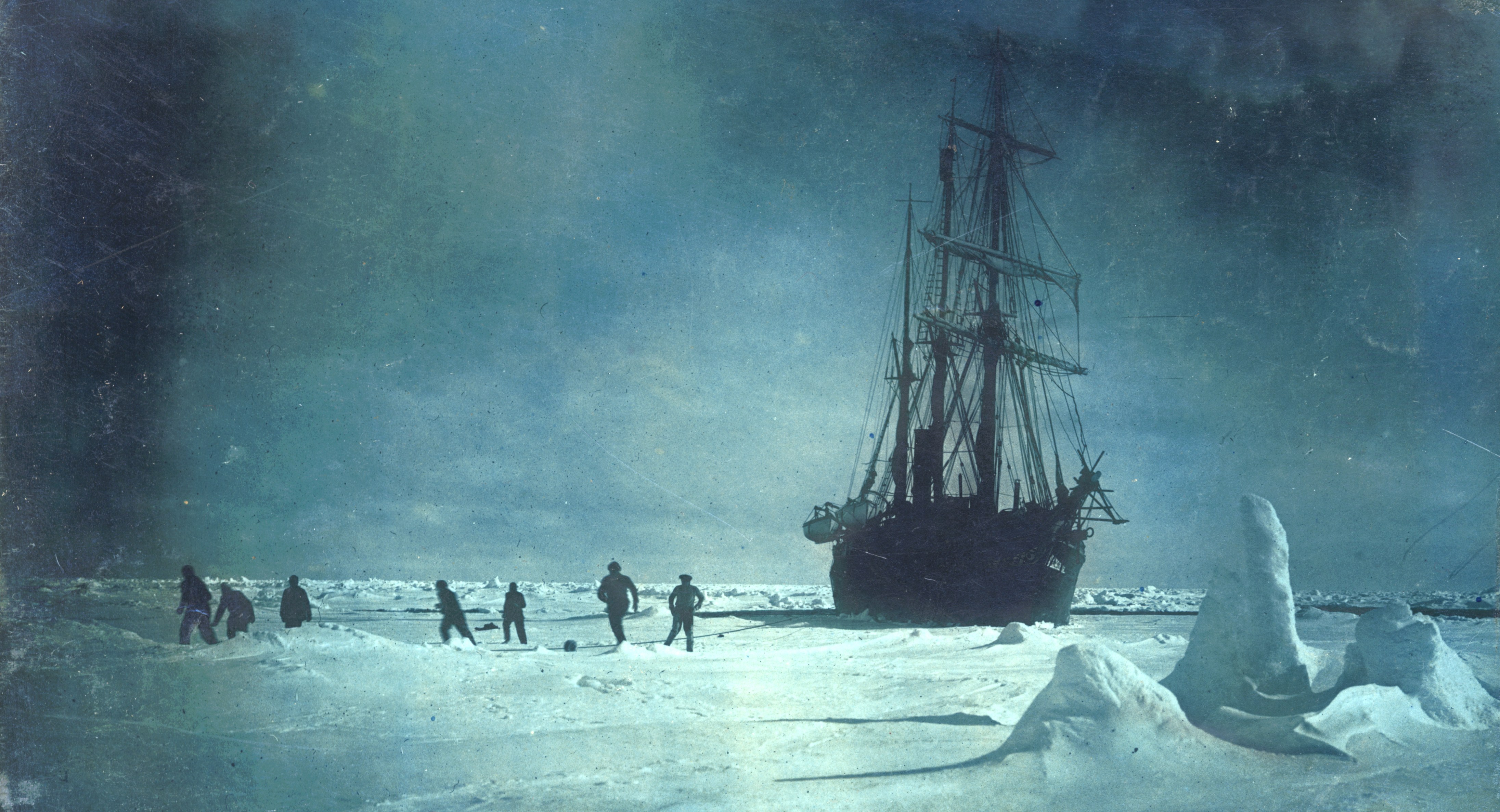
Endurance had to be abandoned in 1915 when it was crushed by the Antarctic ice
FRANK HURLEY/SCOTT POLAR RESEARCH INSTITUTE, UNIVERSITY OF CAMBRIDGE/GETTY IMAGES
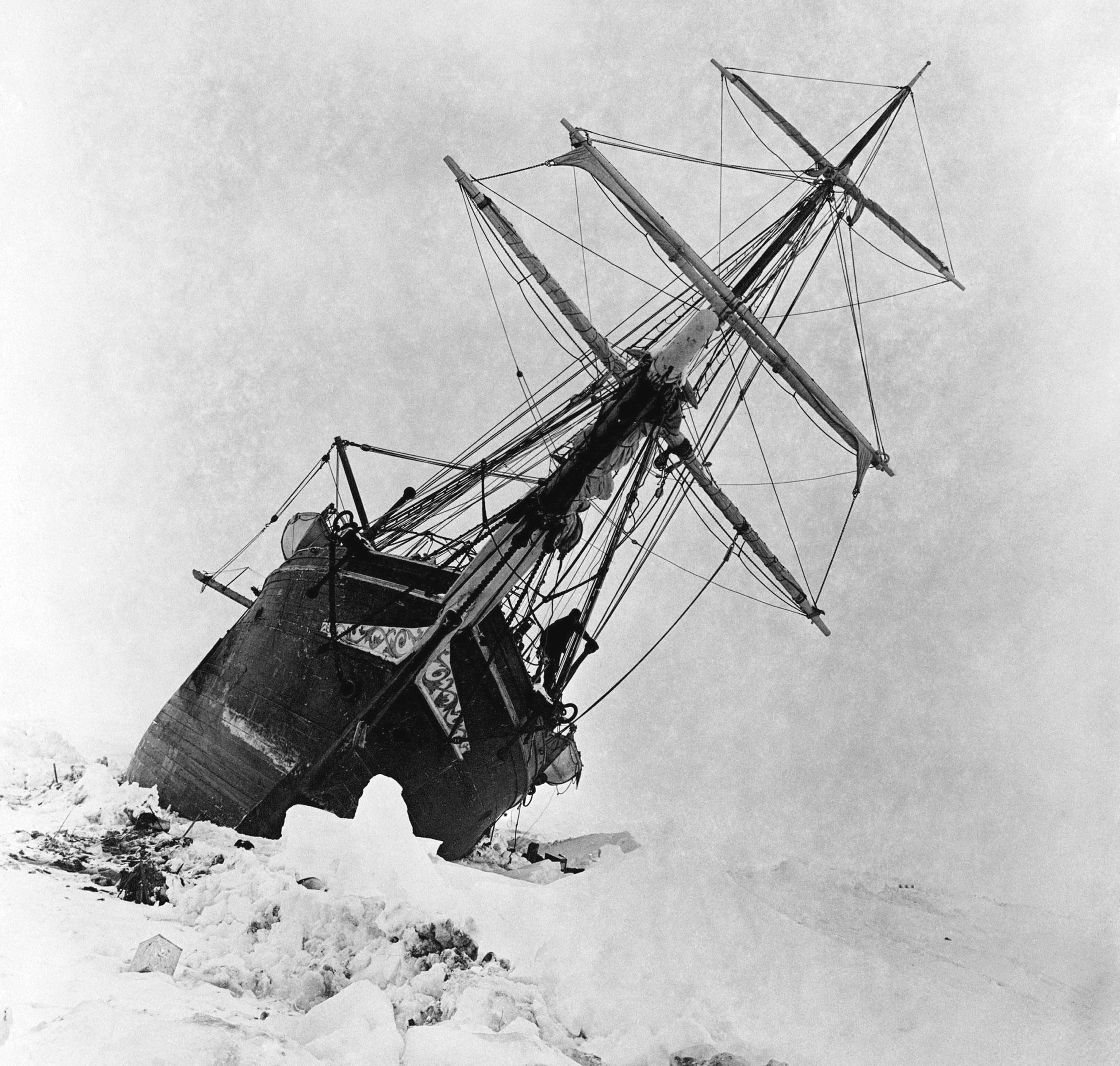
“The bell of the Endurance is just sitting there. Yes, protected under the Antarctic Treaty but there are rogue organisations which I know would go there and help themselves to that,” Bound told the festival, in a session chaired by Georgina Godwin.
He has undertaken scores of shipwreck surveys. “I’ve had to make some heartbreaking decisions in my time about which wrecks I could save,” he added. “It was pretty brutal stuff.”
Bound said it was to his everlasting regret that he had turned his back on Roman shipwrecks when he was young. He told the festival, which is sponsored by The Times and The Sunday Times, that in the mid 1980s he had been told about a “virgin wreck” found by skin-divers in the Mediterranean.
“Because I was young, inexperienced and certainly arrogant I had this view that if the wreck didn’t come from antiquity it wasn’t important,” Bound said. “But about four or five years later I wisened up and realised this was something of outstanding archaeological importance.
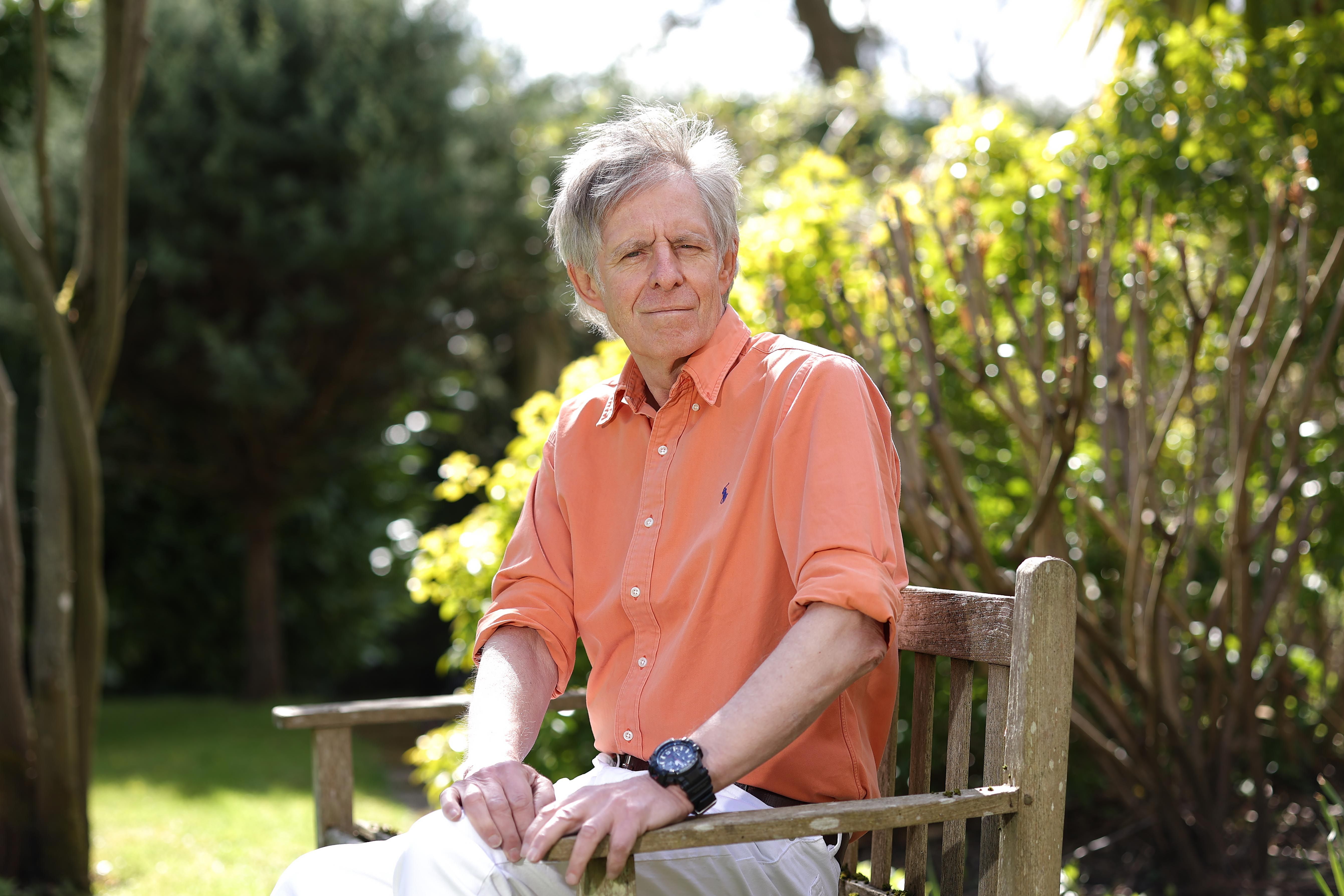
Mensun Bound was once told about a virgin wreck in the Mediterranean. When he went to examine it five years later he found only a stain in the sand
JOHN LAWRENCE/SHUTTERSTOCK
“So my wife and I went back to have a look at the wreck and we could not believe it. In the intervening five years it had been completely erased. All that was left was this stain in the sand.”
The deepest known shipwreck is the USS Samuel B Roberts which lies nearly 23,000ft down after being sunk in the Battle of Leyte Gulf in the Philippine Sea in 1944. Bound said even this could come within range of future expeditions.
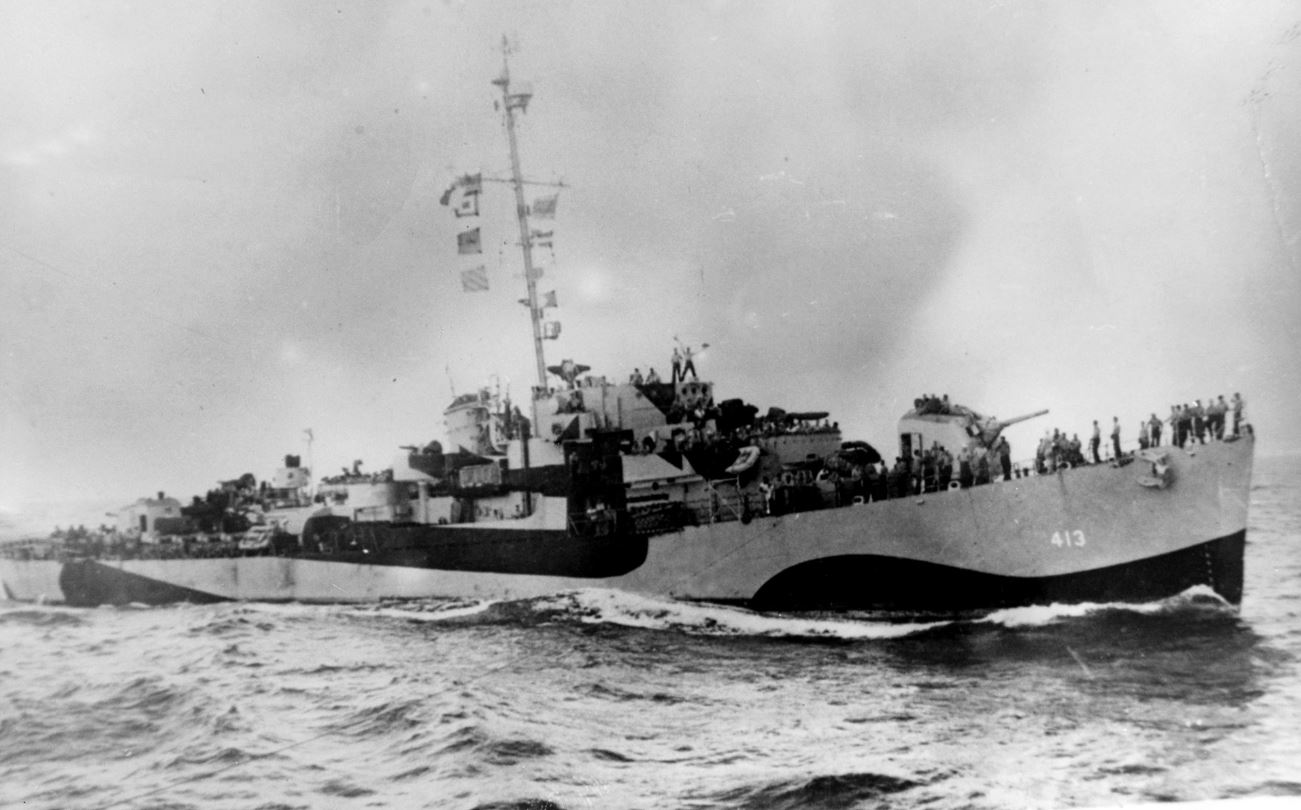
Frary said there were disputes about who owned rediscovered ships. He cited the example of the San José, a Spanish galleon that could be “the richest shipwreck ever found”.
The galleon was sunk by the British off Cartagena, Colombia, in 1708, during the War of the Spanish Succession, and was found in 2015. The value of its gold and silver cargo is estimated at $17 billion.

A painting by Samuel Scott of the destruction of the San José
ALAMY
Frary said that although technological advances had made its retrieval possible “sometime soon” the court arguments over who owns the ship and its contents may not be resolved easily.
“It’s in Colombian water, it’s a Spanish galleon with dead Spanish sailors on board, the English sank it, the treasure on board was looted from Bolivia and there are various American companies who say they found it first,” Frary said.
“So whose is it? The technology has reached the level now where it may be able to be retrieved soon but it is stuck in the courts while people decide whose it is.”

